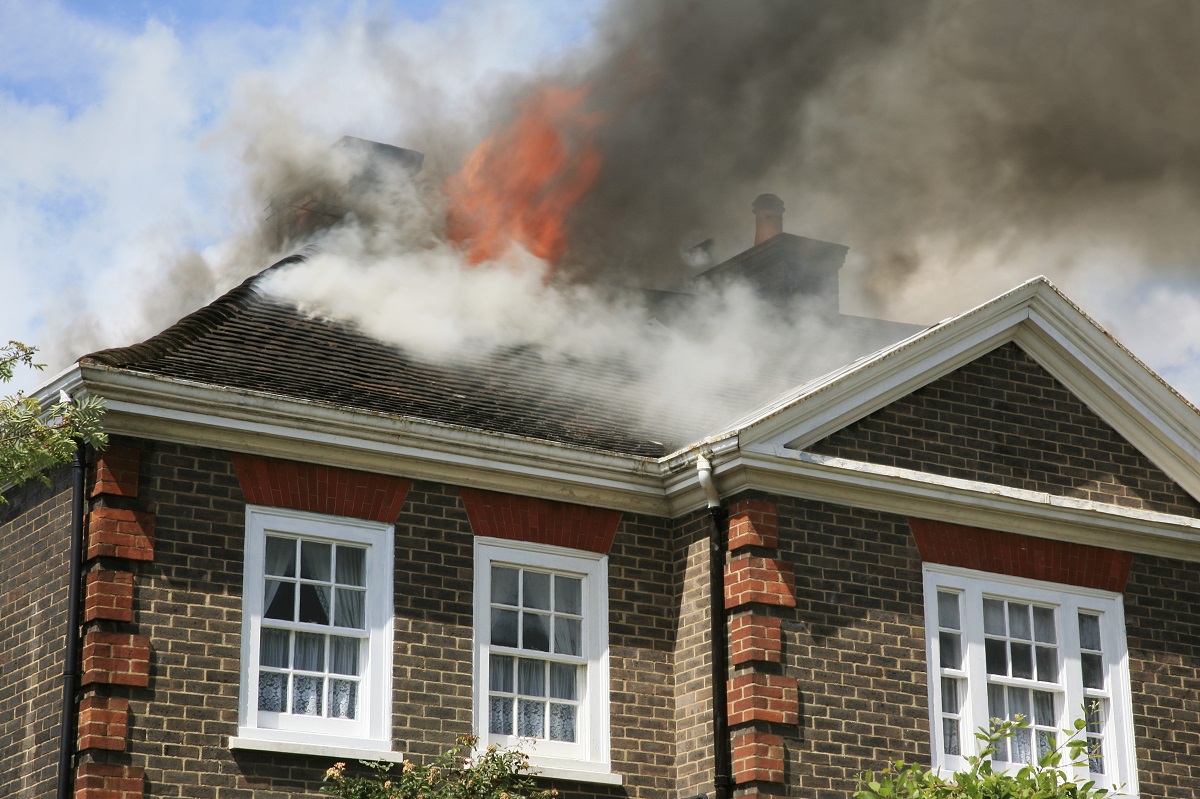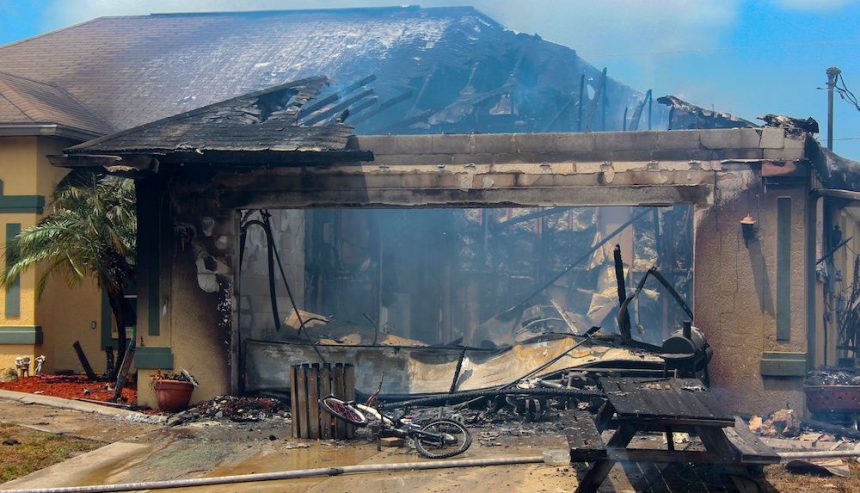Fire remediation is a critical process undertaken after a fire incident to restore affected areas to their pre-fire condition. Beyond the physical damage caused by flames, fires leave behind residues, smoke odors, and structural weaknesses that require comprehensive remediation efforts. Whether it’s a residential property, commercial building, or natural landscape, the aftermath of a fire demands systematic and thorough restoration.
The stages of fire remediation encompass a series of steps designed to address various aspects of damage and ensure the safety, cleanliness, and habitability of the affected environment. From initial assessment to reconstruction, each stage plays a vital role in returning the impacted area to a functional and safe state. Additionally, effective fire remediation involves collaboration between property owners, restoration professionals, insurers, and sometimes government agencies to navigate the complexities of the process.
In this guide, we’ll delve into the essential stages of fire remediation, highlighting key tasks, challenges, and best practices at each step. By understanding these stages, property owners and stakeholders can better prepare for the remediation process, expedite recovery, and mitigate the long-term impacts of fire damage.

8 Fire Remediation After the Fire
- Initial Assessment:
- The first stage involves assessing the extent of the fire damage. This includes evaluating structural damage, smoke residues, water damage from firefighting efforts, and potential hazards.
- Professionals conduct a thorough inspection to identify safety risks, assess the scope of restoration required, and develop a remediation plan.
- Safety and Securing the Area:
- Safety is paramount during fire remediation. The area is secured to prevent unauthorized access, and safety hazards such as unstable structures, electrical hazards, or contaminated materials are addressed.
- Measures such as boarding up windows, erecting barriers, and installing temporary fencing may be implemented to secure the site.
- Water Extraction and Drying:
- If water damage occurred during firefighting efforts, water extraction and drying are essential to prevent further damage and mold growth.
- Industrial-grade pumps, dehumidifiers, and air movers are used to remove excess water and moisture from the affected area.
- Smoke and Soot Removal:
- Smoke residues and soot can penetrate various surfaces and cause lingering odors and discoloration.
- Specialized cleaning techniques and equipment are employed to remove smoke residues from walls, ceilings, furniture, and other surfaces.
- Air scrubbers and ozone generators may be used to purify the air and eliminate smoke odors.
- Cleaning and Deodorization:
- All salvageable items are thoroughly cleaned and sanitized to remove contaminants and odors.
- Upholstery, carpets, curtains, and other textiles may undergo professional cleaning or restoration.
- Hard surfaces, such as walls, floors, and countertops, are cleaned and treated to eliminate odors and residue.
- Structural Repairs and Reconstruction:
- Structural damage caused by fire is repaired, which may involve rebuilding walls, replacing damaged roofing materials, or reinforcing compromised structures.
- Carpentry, electrical, plumbing, and HVAC systems are inspected and repaired as needed.
- Reconstruction efforts focus on restoring the property to its pre-fire condition while implementing any necessary upgrades or improvements.
- Final Inspection and Certification:
- Once remediation and reconstruction are complete, a final inspection is conducted to ensure that all work meets industry standards and regulatory requirements.
- Certifications or permits may be obtained to verify that the property is safe for occupancy and complies with local building codes and regulations.
- Documentation and Claims Processing:
- Throughout the remediation process, detailed documentation is maintained, including photographs, reports, and invoices.
- This documentation is essential for insurance claims processing, providing evidence of the damage incurred and the remediation efforts undertaken.

Fire damage restoration experts will ensure everything is done right throughout their work. Discovering your property ravaged by fire is undeniably a terrifying experience for anyone. However, there is hope and help if you act promptly. Restoration will require extensive cleaning, care, and patience since it’s an intricate process. You can trust the right restoration team to be by your side throughout the journey, giving you peace of mind that your property can be salvaged.
Contact PuroClean for 24/7 Fire Damage Remediation
Do you need fire damage remediation services in Plant City? Look no further than PuroClean! Our knowledgeable team is available 24/7 to respond to your emergency. With state-of-the-art equipment and cutting-edge techniques, we guarantee superior results. Our experienced technicians are here to assist you every step of the way. Contact us at (813) 703 8686 in Plant City today!




 PuroClean Emergency Restoration Specialists
PuroClean Emergency Restoration Specialists